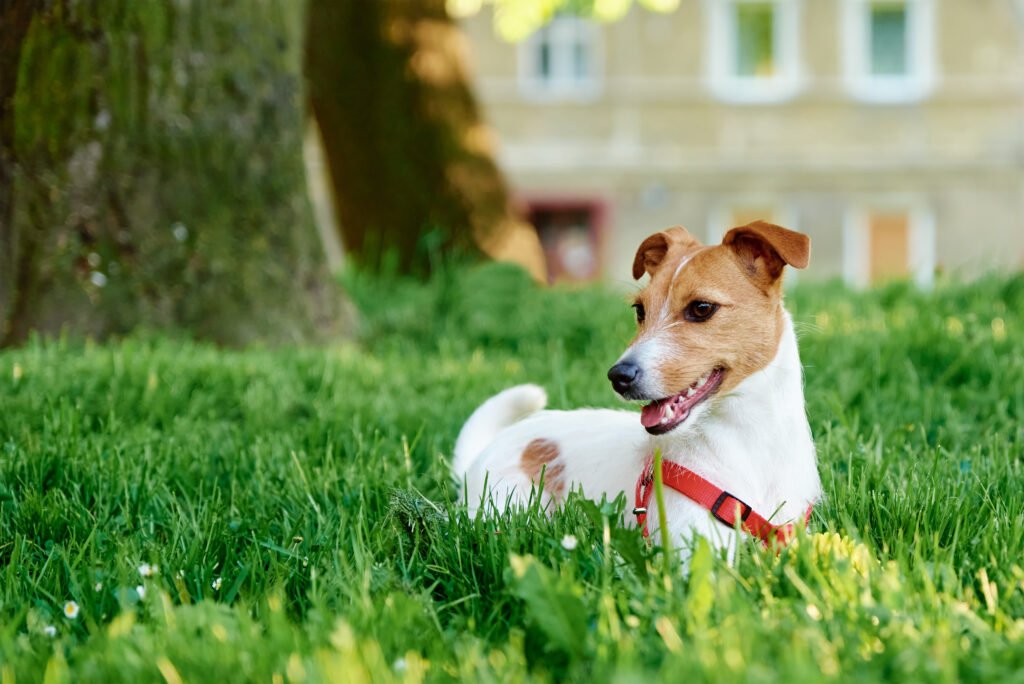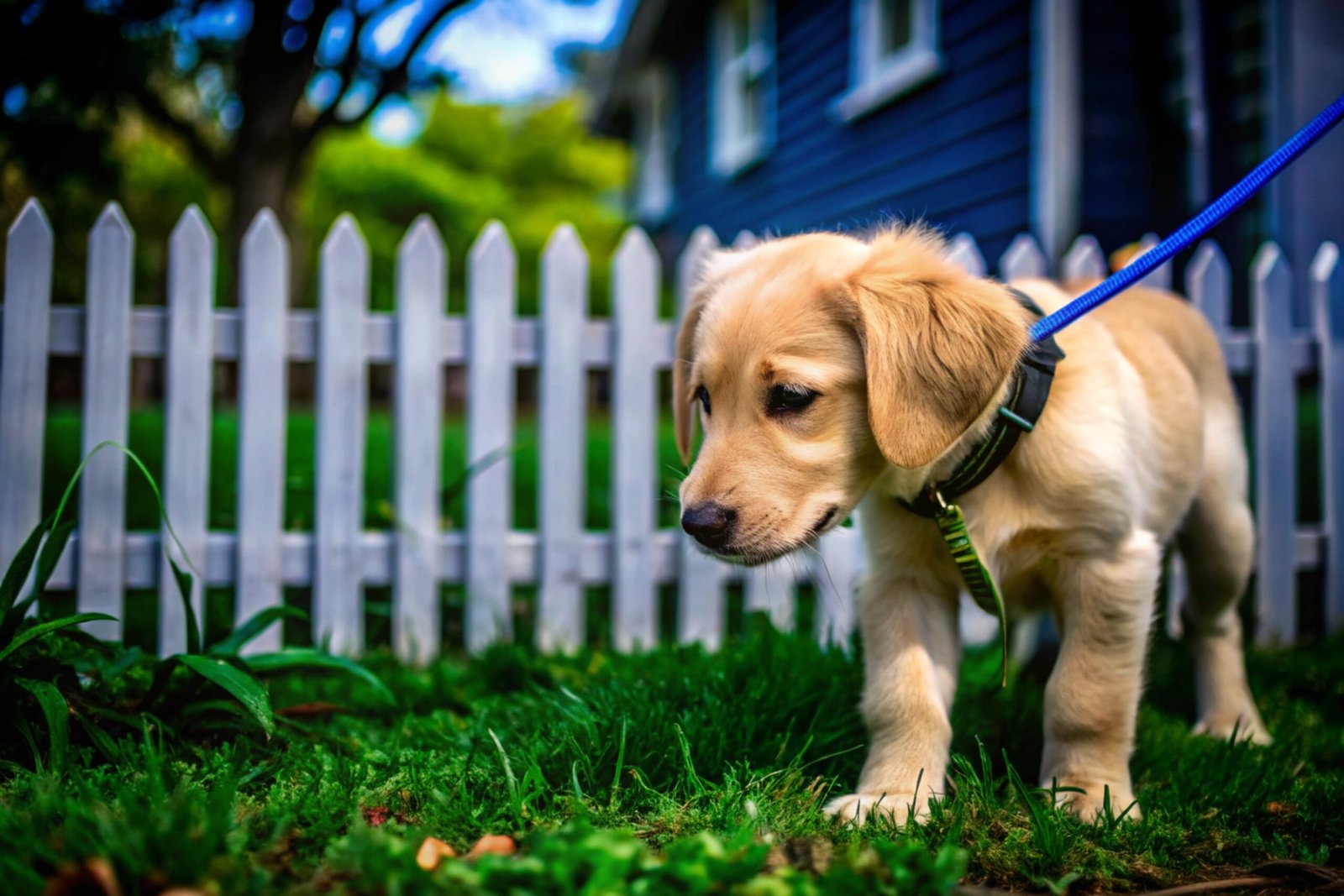Personalized pet products took off around 2010 as e-commerce enabled custom printing and owners formed deeper bonds with pets.
Pet products have become more and more personalized over the years. Customized gifts with your furry friend’s name or face on them show how much they mean to you.
Personalized pet products refer to items customized with details unique to someone’s pet.
This includes the pet’s name, image, breed, birthday, and more printed or engraved on products like food bowls, toys, bags, apparel, and more.
While generic pet products are readily available, customized items have an extra special meaning. They show how precious your pet is by adding a personal touch.
So when exactly did personalized trending pet products become popular? Read on as we explore the history and rising demand for tailored pet gifts.
The Early Days
Custom pet products first emerged decades ago. However, they were more complex and expensive to produce initially.
Back in the 1950s and 60s, some companies offered basic personalization like hand-embroidering a pet’s name on a bed, bowl, or tag. This took time and crafted skill, making costs quite high.
- By the 1970s and 80s, technology improved with computerized embroidery and engraving machines. This brought more customization options at lower prices. Still, tailored pet goods were more niche.
- In the 1990s, sites like Etsy first opened up artisans to wider custom work. However personalized pet gifts were still more of a luxury for most owners.
Growth in the 2000s
After 2000, the market changed with two key shifts – expanded e-commerce and digital printing advances.
- E-commerce sites like Amazon and eBay let small businesses sell customized products directly to consumers. This included pet goods from home-based artisans.
- Digital printing using inkjet technologies also enabled mass personalization at lower costs. Photos, names, and designs could be printed on a range of bases like ceramic, metal, or plastic.
This combination meant pet owners could find specialized gifts more easily and cheaply online. It spurred the first wave of mainstream growth for tailored pet products.
Key Personalized Pet Product Segments
Several pet product categories led the customized market surge from 2000 onwards:
- Pet Tags: Tags engraved or printed with a pet’s name, number, and owner’s details for collars and harnesses.
- Pet Apparel: Clothes like jerseys, hoodies, and jackets embroidered with the pet’s name, image, or breed.
- Pet Bowls: Ceramic and stainless steel food and water bowls with engraving or printing of names, breeds, and paw prints.
These were relatively affordable to customize and met the demand for every day tailored essentials.

2010s Takeoff
While the 2000s saw early growth, the 2010s decade brought sizeable expansion for personalized pet care as an industry.
Rising disposable incomes and the humanization of pets fed the demand for customized products. Owners saw pets more as family and were willing to spend more on unique gifts and everyday items.
E-commerce platforms also unleashed more small businesses selling tailored products with digital print-on-demand. Sites like Etsy, Shopify, and Vistaprint empowered endless customization.
Market Size
This combination caused an upswing in the 2010s. Personalized pet product sales jumped by over 40% through the decade to reach over $890 million according to analysts.
While still a sub-section of the wider $281 billion global pet care industry, it gained strong momentum. Providers emerged offering all kinds of customized gifts from toys and tech to homeware and grooming tools.
Key Personalized Pet Product Categories
Tailored alternatives expanded across most pet product categories during the 2010s boom:
- Pet Tech – activity trackers, cameras, feeders, and more printed or engraved with pets’ names and details.
- Homeware – pet beds, blankets, bowls, tanks, and furniture customized similarly.
- Toys & Treats – balls, ropes, stuffed animals, bones, and packaged goods with custom names, dates, and photos.
- Grooming – shampoos, brushes, towels, etc engraved and printed individually.
This meant owners could find a personalized product for almost any need or gift idea.
The 2020s and Beyond
While personalized pet products were popular before 2020, the last few years brought even higher demand. This is thanks to two recent shifts.
Firstly, lockdowns and social isolation during COVID-19 deepened bonds between owners and pets. More than ever, owners saw pets as faithful companions deserving of recognition.
And secondly, social media habituates sharing pet content and gift updates. Owners post customized products to showcase special bonds and excite followers.
Surging Sales Values
These twin social catalysts are driving continued momentum. Personalized pet product sales rose to over $970 million in 2022 – up almost 9% annually since 2020.
Providers are innovating with products matching evolving owner demands:
- Next-level customization – coordinating multiple items or product bundles under one brand.
- App and online personalization – digitally tailored products ordered direct via apps and sites.
- Greater premium positioning – improved perceived value through eco-friendly and high-end materials and branding.
Personalized Pet Product Categories Continuing To Grow
While most areas rise, the highest expansion from 2020 is seen in:
- Pet apparel – coats, hoodies, jerseys, accessories etc customized for style and events.
- Pet tech – cameras, trackers and smart devices syncing with apps and engraved stylistically.
- Special occasion gifts like birthdays, holidays or reunions.
Outlook
Customized pet products transformed from a minor niche to a major, fast-expanding segment from the 1990s onwards.
E-commerce opportunities and digital print-on-demand unlocked mass personalization at affordable pricing for everyday buyers.
This lets owners bond closer with pets through practical essentials or cherished keepsakes matching their pet’s unique personalities.
With humanization and emotional significance for pets continuing to rise, the market for tailored products keeps surging. We expect sales to top $1.2 billion by 2025 as owners increasingly value customization.










